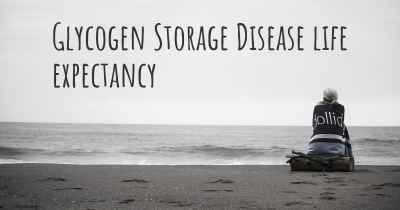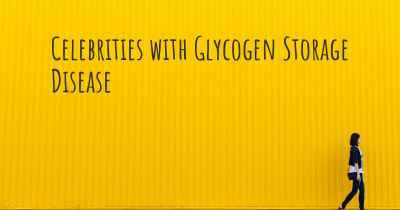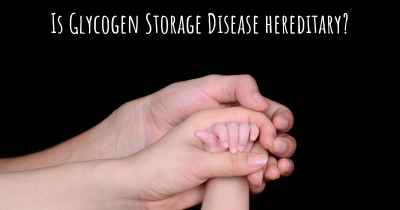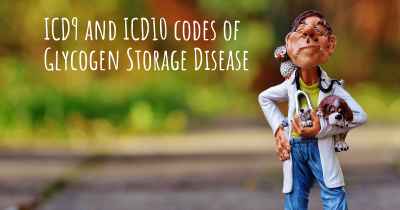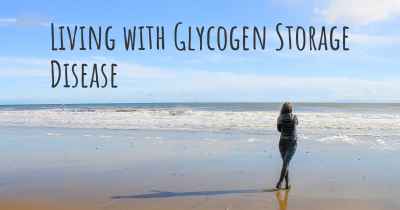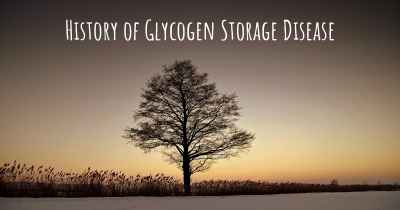Is there any natural treatment for Glycogen Storage Disease?
Are there natural treatment(s) that may improve the quality of life of people with Glycogen Storage Disease? Here you can see if there is any natural remedy and/or treatment that can help people with Glycogen Storage Disease
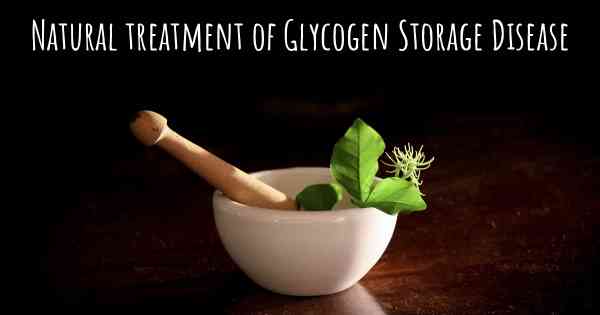
Is there any natural treatment for Glycogen Storage Disease?
Glycogen Storage Disease (GSD) is a rare genetic disorder that affects the body's ability to break down glycogen, a stored form of glucose. This condition leads to the accumulation of glycogen in various tissues and organs, causing a range of symptoms and complications. While there is currently no cure for GSD, there are several natural treatment approaches that can help manage the condition and improve quality of life for individuals with GSD.
Dietary Modifications
Dietary modifications play a crucial role in managing GSD. Since GSD is characterized by impaired glycogen metabolism, it is important to regulate the intake of carbohydrates and sugars. A low-carbohydrate, high-protein diet is often recommended for individuals with GSD to minimize the accumulation of glycogen. This can help prevent hypoglycemia (low blood sugar) and reduce the risk of complications.
Frequent meals and snacks are also important for individuals with GSD to maintain stable blood sugar levels. Eating small, frequent meals throughout the day can help prevent hypoglycemia and provide a steady source of energy. It is advisable to consult with a registered dietitian who specializes in metabolic disorders to develop a personalized meal plan that meets the specific needs of each individual with GSD.
Supplements
Supplemental therapy can be beneficial for individuals with GSD to support their nutritional needs and manage specific symptoms. Some commonly used supplements for GSD include:
- Cornstarch: Cornstarch is a complex carbohydrate that is slowly digested and provides a steady release of glucose. It is often consumed before bedtime to prevent overnight hypoglycemia.
- Medium-chain triglycerides (MCT) oil: MCT oil is a type of fat that is easily converted into energy. It can be added to meals or beverages to provide an additional source of calories.
- Vitamin and mineral supplements: Individuals with GSD may require specific vitamin and mineral supplements to address any deficiencies and support overall health.
It is important to consult with a healthcare professional before starting any supplements to ensure they are appropriate and safe for each individual's specific needs.
Exercise and Physical Therapy
Regular exercise can be beneficial for individuals with GSD to improve muscle strength, endurance, and overall physical fitness. However, it is important to approach exercise with caution and under the guidance of a healthcare professional. Exercise intensity and duration should be tailored to the individual's capabilities and specific type of GSD.
Physical therapy can also play a significant role in managing GSD. Physical therapists can develop personalized exercise programs to improve mobility, muscle strength, and coordination. They can also provide guidance on energy conservation techniques and assistive devices to optimize daily functioning.
Monitoring and Medical Care
Regular monitoring and medical care are essential for individuals with GSD to manage their condition effectively. This includes:
- Regular blood tests: Blood tests are performed to monitor glucose levels, liver function, and other relevant parameters. This helps identify any abnormalities and adjust treatment accordingly.
- Regular check-ups: Regular visits to healthcare professionals, including metabolic specialists, can help ensure that the condition is properly managed and any emerging issues are addressed promptly.
- Emergency care plan: It is important for individuals with GSD to have an emergency care plan in place, outlining steps to be taken in case of hypoglycemia or other medical emergencies.
By closely monitoring the condition and receiving appropriate medical care, individuals with GSD can minimize the risk of complications and optimize their overall health.
Support and Education
Support and education are vital for individuals with GSD and their families to cope with the challenges associated with the condition. Connecting with support groups, both online and offline, can provide a valuable platform for sharing experiences, gaining knowledge, and finding emotional support.
Additionally, staying informed about the latest research and advancements in the field of GSD can empower individuals and their families to actively participate in their own care and make informed decisions.
Conclusion
While there is currently no cure for Glycogen Storage Disease, natural treatment approaches can significantly improve the management of the condition and enhance the quality of life for individuals with GSD. Dietary modifications, supplements, exercise, regular monitoring, and support are key components of a comprehensive treatment plan. By implementing these strategies and working closely with healthcare professionals, individuals with GSD can lead fulfilling lives and effectively manage their condition.
Posted Nov 16, 2017 by Agus 800
